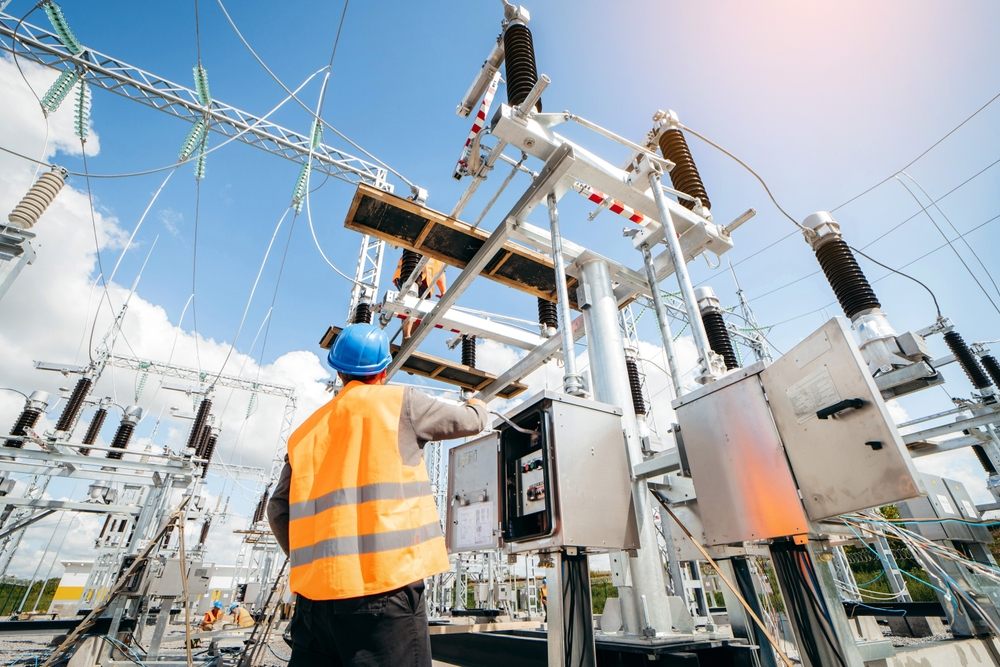See This Report about Roar Solutions
See This Report about Roar Solutions
Blog Article
Getting My Roar Solutions To Work
Table of ContentsThe Ultimate Guide To Roar SolutionsThe 7-Second Trick For Roar SolutionsOur Roar Solutions Diaries
In such an atmosphere a fire or explosion is feasible when 3 standard conditions are met. This is commonly described as the "dangerous location" or "burning" triangle. In order to secure setups from a prospective explosion an approach of evaluating and identifying a possibly harmful area is required. The objective of this is to ensure the correct option and installation of tools to eventually avoid an explosion and to make sure security of life.
(https://sketchfab.com/roarsolutions)
No tools should be set up where the surface area temperature level of the devices is greater than the ignition temperature level of the provided danger. Below are some usual dust dangerous and their minimal ignition temperature level. Coal Dust 380C 225C Polythene 420C (thaws) Methyl Cellulose 420C 320C Starch 460C 435C Flour 490C 340C Sugar 490C 460C Grain Dust 510C 300C Phenolic Material 530C > 450C Aluminium 590C > 450C PVC 700C > 450C Soot 810C 570C The probability of the risk existing in a concentration high enough to trigger an ignition will certainly differ from location to location.
In order to classify this threat an installation is separated into locations of risk relying on the quantity of time the unsafe is existing. These locations are described as Areas. For gases and vapours and dusts and fibres there are 3 areas. Zone 0 Zone 20 A harmful ambience is very most likely to be existing and might exist for long periods of time (> 1000 hours annually) or perhaps continuously Zone 1 Zone 21 A dangerous atmosphere is possible yet unlikely to be existing for long periods of time (> 10 450 C [842 F] A classification of T6 indicates the minimal ignition temperature level is > 85 C [185 F] Harmful location electric devices maybe created for use in higher ambient temperature levels. This would indicated on the rating plate e.g. EExe II C T3 Ta + 60C( This implies at 60C ambient T3 will not be gone beyond) T1 T1, T2, T3, T4, T5, T6 T2 T2, T3, T4, T5, T6 T3 T3, T4, T5, T6 T4 T4, T5, T6 T5 T5, T6 T6 T6 A T Course ranking of T1 means the maximum surface area temperature generated by the instrument at 40 C is 450 C. Presuming the associated T Course and Temperature rating for the tools are appropriate for the location, you can constantly utilize a tool with a much more rigid Department score than needed for the area. There isn't a clear response to this question. It actually does depend upon the type of devices and what fixings require to be performed. Devices with specific test treatments that can not be performed in the field in order to achieve/maintain 3rd party rating. Need to return to the manufacturing facility if it is prior to the devices's solution. Area Repair Work By Authorised Employee: Challenging screening might not be called for nevertheless details procedures might need to be complied with in order for the equipment to preserve its third party ranking. Authorised employees have to be used to carry out the job correctly Repair work must be a like for like substitute. New element need to be taken into consideration as a straight replacement requiring no special testing of the tools after the repair work is total. Each tool with a harmful score ought to be assessed individually. These are outlined at a high degree listed below, however, for more thorough details, please refer directly to the guidelines.
The Roar Solutions Statements
The equipment register is a thorough data source of equipment records that includes a minimum collection of areas to identify each thing's area, technical criteria, Ex-spouse category, age, and environmental data. This details is essential for monitoring and managing the tools successfully within unsafe areas. On the other hand, for regular or RBI tasting inspections, the quality will be a mix of Detailed and Close evaluations. The ratio of Thorough to Shut examinations will be figured out by the Tools Risk, which is analyzed based on ignition threat (the chance of a resource of ignition versus the likelihood of a flammable ambience )and the harmful area classification
( Zone 0, 1, or 2). This variant will certainly additionally influence the resourcing needs for work preparation. When Lots are defined, you can establish tasting plans based on the example dimension of each Lot, which describes the variety of arbitrary equipment items to be inspected. To determine the called for sample dimension, 2 aspects need to be evaluated: the dimension of the Lot and the group of inspection, which shows the level of effort that ought to be applied( minimized, typical, or raised )to the examination of the Lot. By integrating the group of examination with the Whole lot dimension, you can then establish the appropriate rejection criteria for an example, meaning the allowed number of damaged things discovered within that example. For even more details on this procedure, please describe the Energy Institute Guidelines. The IEC 60079 basic recommends that the maximum interval between evaluations should not surpass three years. EEHA examinations will likewise be conducted beyond RBI campaigns as component of set up upkeep and devices overhauls or repair services. These inspections can be attributed toward the RBI sample dimensions within the affected Lots. EEHA assessments are performed to identify faults in electrical tools. A weighted scoring system is important, as a single tool might have numerous mistakes, each with differing levels of ignition threat. If the consolidated rating of both assessments is much less than twice the mistake score, the Whole lot is regarded acceptable. If the Lot is still thought about unacceptable, it needs to go through a full evaluation or validation, which may activate more stringent evaluation procedures. Accepted Great deal: The sources of any kind of faults are recognized. If a common failure setting is found, extra equipment may call for examination and repair work. Mistakes are categorized by severity( Security, Honesty, Home cleaning ), making sure that immediate issues are assessed and resolved quickly to mitigate any effect on safety and security or operations. The EEHA database should track and record the lifecycle of faults along with the rehabilitative actions taken. Implementing a durable Risk-Based Examination( RBI )approach is vital for guaranteeing compliance and safety and security in handling Electrical Equipment in Hazardous Areas( EEHA) (hazardous area course). Automated Fault Scoring and Lifecycle Administration: Easily handle mistakes and track their lifecycle to enhance evaluation accuracy. The intro of this support for risk-based inspection further enhances Inspectivity's setting as a best-in-class service for governing compliance, in addition to for any type of asset-centric inspection use case. If you have an interest in discovering more, we invite you to request a presentation and uncover just how our option can change your EEHA monitoring procedures.
The Buzz on Roar Solutions

In regards to explosive risk, a hazardous location is an atmosphere in which an explosive environment exists (or might be anticipated to be present) in quantities that call for unique safety measures for the building, installation and usage of equipment. electrical refresher course. In this short article we explore the obstacles dealt with in the workplace, the danger control actions, and the called for competencies to function safely
These compounds can, in particular problems, form explosive site web ambiences and these can have significant and heartbreaking consequences. Most of us are familiar with the fire triangle remove any type of one of the 3 components and the fire can not happen, however what does this mean in the context of dangerous locations?
In a lot of circumstances, we can do little concerning the levels of oxygen in the air, but we can have considerable impact on resources of ignition, for instance electric equipment. Dangerous areas are documented on the harmful location category illustration and are determined on-site by the triangular "EX LOVER" indication. Below, among other crucial details, areas are split into three types depending upon the danger, the chance and period that an eruptive atmosphere will certainly exist; Zone 0 or 20 is deemed one of the most hazardous and Area 2 or 22 is regarded the least.
Report this page